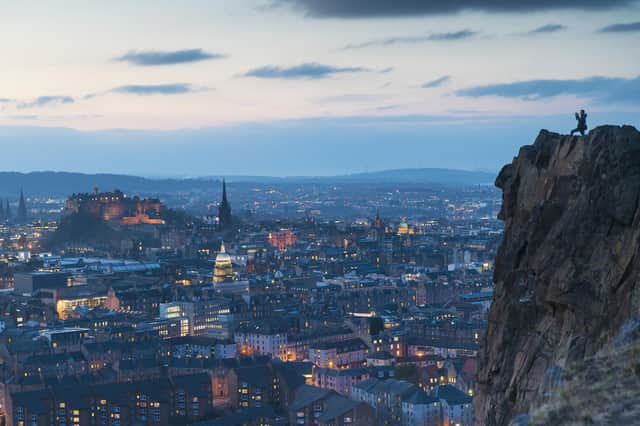New Edinburgh culture vision will need hard cash to ensure delivery – Brian Ferguson


A bidding war for the boarded-up Filmhouse cinema, one of the city’s most beloved cultural attractions before its sudden closure in October, was a painful backdrop for its publication. The 2030 blueprint was aimed at shaping the recovery of a sector which has been through an extended period of turmoil, triggered initially by the pandemic, but arguably heightened by the economic climate and the increasing cost of living.
But it was also about pursuing some pretty big ambitions over the next eight years. Chief among these were ensuring that everyone in Edinburgh has access to “meaningful” cultural experiences, ensuring the arts are embedded in a network of “20-minute neighbourhoods” and making historic museums and galleries collections more accessible across the city.
Advertisement
Hide AdAdvertisement
Hide AdWhile it was hard to disagree with much of the blueprint, its very existence puts down a significant and timely marker, making it clear how much importance is placed on arts and culture by the city, the fact it is aiming to maintain its position as a “world-leading cultural capital” and what that should mean in reality over the next eight years.
The specific proposals to extend cultural provision across the city also include the creation of a network of cultural and creative hubs with links to city centre venues, and ensuring funding reaches organisations in “a wide range of postcodes”.
Added to all of the above were a long list of aims, including all arts organisations in the city having “greater financial security”, ensuring that ticket prices for cultural events strike a “fair balance” between affordability and income generation, and making more use of council buildings for cultural activities and events.
The blueprint envisages the culture capital of the future being a place where its creative workforce “feels supported and valued”, with all council-funded arts organisations and projects committing to fair work principles and good practice guidelines for volunteers.
The city wants all of the above to be delivered while ensuring that the environmental impact of events is reduced – a key principle at the heart of a separate but equally important report aiming to limit possible disruption and damage to public spaces, as well as give people a say on the staging of events and filming on their doorsteps. It was hard to think of a single key element that was missing from the new city-wide culture strategy, with one glaring exception – how it is all going to be paid for.
Delivering on most, although not all, of the commitments in the new blueprint, looks to me as if it will require significant additional resources. It is perhaps telling that the council has not provided either funding or estimated costs for any of them.
While 2030 may seem a long away, and it is obvious that many of the ambitions would take years to deliver even with unlimited resources, I would suggest that unless there is a significant rethink about the extent to which culture is funded by the council and the Scottish Government, and hard cash is on the table in the next couple of years, they may end up with a lengthy, undelivered shopping list.
Comments
Want to join the conversation? Please or to comment on this article.
